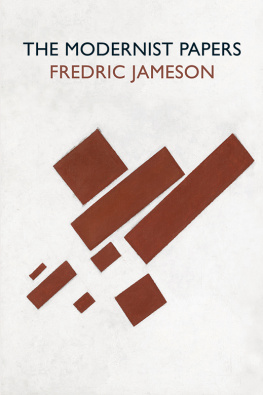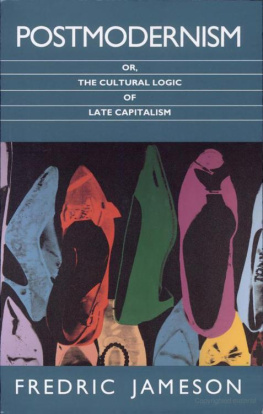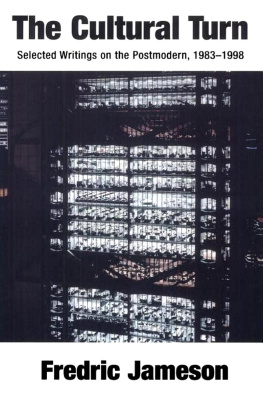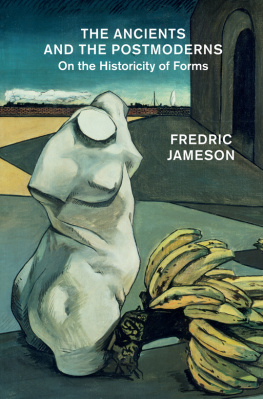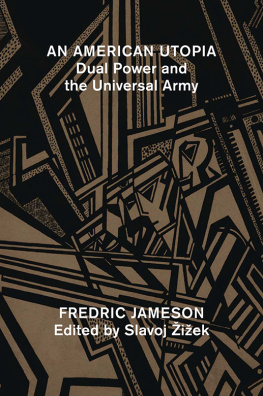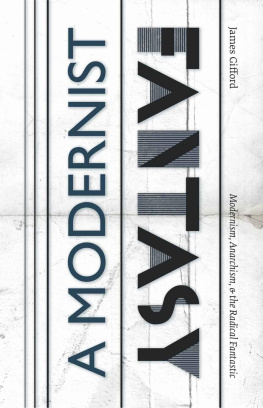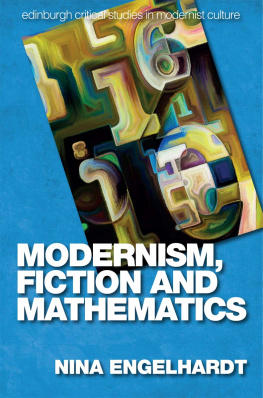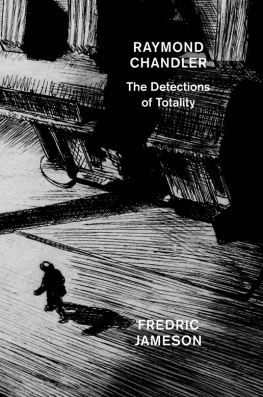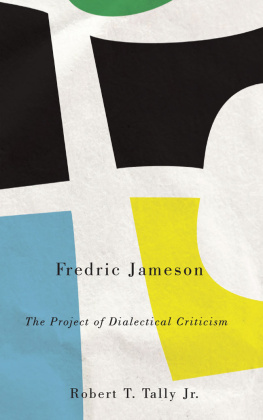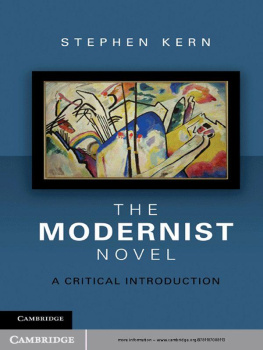The coherence of any serious and extended engagement with cultural experience depends on a productive coordination between contingency and theory; between chance encounters and an intellectual project. It is true that we always try to resolve this tension one way or the other, by philosophically confirming the aleatory nature of the experience, or subsuming the personal under a theoretical meaning. But the vitality of the engagement depends on keeping the tension alive. In practice, this probably means the construction of a Gestalt which can be read either way; as a comment on the text or as the illustration of a theory; and despite the desirability of performing both these operations at once and together, either will ultimately lead us back to history itself, to the history of the text fully as much as to the history of the theory.
This makes for a good deal of heterogeneity, both in the literary texts examined here, and in the variety of theoretical contexts tried out over a thirty-year period. I like to think that, faced with an alternation of written and spoken materials, some of them overwritten and others rhetorically amplified, this very unevenness will prove to be a relief for the reader. As for the repetitions, I would be more disturbed by their absence than the reader might be; for good or ill, the dialectic requires you to say everything simultaneously whether you think you can or not; and that inevitably means that you cannot avoid certain topics just because you have dealt with them elsewhere. One has never definitively dealt with them; but be reassuredthe situations from which such topics emerge have modified their appearance dramatically from the Eisenhower era to the age of globalization.
But it is not only the theoretical reference points (Sartre, Hegel, Deleuze, Greimas, Lukcs, Althusser, Adorno, etc.) that may seem eclectic or, even worse, to obey the more suspicious laws of intellectual fashion. The literary texts might also be taken to form some personal canon, if not indeed a constellation of more universal validity. But that is to reckon without absences and omissions which are themselves accidental, however much I regret them. Only Japan seemed called upon to stand for the non-Westernindeed, I might even say, the non-Europeanworld; which scarcely documents my own personal debts to Latin America, to North Africa, or to China. As far as my private formation is concerned, indeed, I would have to be puzzled by the absence of Pound or Faulkner, or indeed of virtually the entirety of the French modern tradition with which I have been affiliated. To be sure, there are sometimes professional explanations for such gaps: some of the texts discussed in this collection are here because I taught them in classes and seminars; but just as often works and writers equally important to me are missing precisely because I taught them so often.
Still, these assurances and apologies will do little to assuage the doubts of readers who assume that these analyses, particularly since they are meant to accompany my A Singular Modernity as a kind of source-book, were all designed to illustrate this or that component of a theory of the modern. But A Singular Modernity was thought through later than most of the essays in this book, and its theorization of modernism was reluctant and provisional, and organized around Luhmanns notion of an intensifying differentiation of the elements and levels of the social world. An earlier version, or Platonic myth, told the story in terms of the cultural consequences of the spread of reification around the globe. (Inasmuch as I understand Lukcss notion of reification as including Weberian rationalization within itself, this figure to be sure is itself closely related to Luhmanns.) The essays collected in the present volume, however, also deploy other interpretive codes: the fragmentation of the reading public, the incompatibility between Third and First World perspectives, the loss of a Utopian language (or the attempt to reinvent one), the internal limits on the representability of a specific historical content, the pressure of a new sense of space on linguistic and narrative structures, the tension between private languages and classification schemes, that between the revolutionary instant and the construction of narrative time, the emergence of a non-universalizable sensory or bodily datum, and so forth. These codes or interpretive frames are no doubt all interrelated, but their conceptual languages send us in different directions, which are far from converging.
Yet even if these essays are read, much against my own philosophical and stylistic convictions, as examples of such theories, even if they somehow dramatize historicisma word I have never wanted to repudiate, and which Joan Copjec usefully encapsulates as the reduction of society [and presumably also of its cultural products] to its indwelling network of relations of power and knowledgetheir interrelationship would not all be one of reflexion or replication. It is rather one of situation and response, and of the creativity of the various superstructures with respect to a national and socio-economic, infrastructural situation which is not of their own making. To be sure, the nature of that infrastructural situation can be reconstructed from the response, from the attempt to resolve its contradictions or to escape its death grip, as well as from the constraints imposed on that socially symbolic act in virtue of its reference to that specific historical situation and not some other one.
There is, however, another argument that might be made in support of historicist reductionism, if that is what you still want to call it. It is this: that in the pre-theoretical atmosphere of the Anglo-American 1950s and early 1960s, in the context of the subjectivism and psychologism of the then United States (leaving Britain out of it), in a society in which everything is reduced in advance to the private and the personal, any insistence on the public, the economic, the political, any injunction to include history, has the value of an expansion of the meaning of cultural texts and not their reduction, and of an enlargement of their resonance, an increase of their complexity and the number of their symbolic levels, an enrichment in the contexts in which a given act or symbolic gesture or expression is situated and understood.

